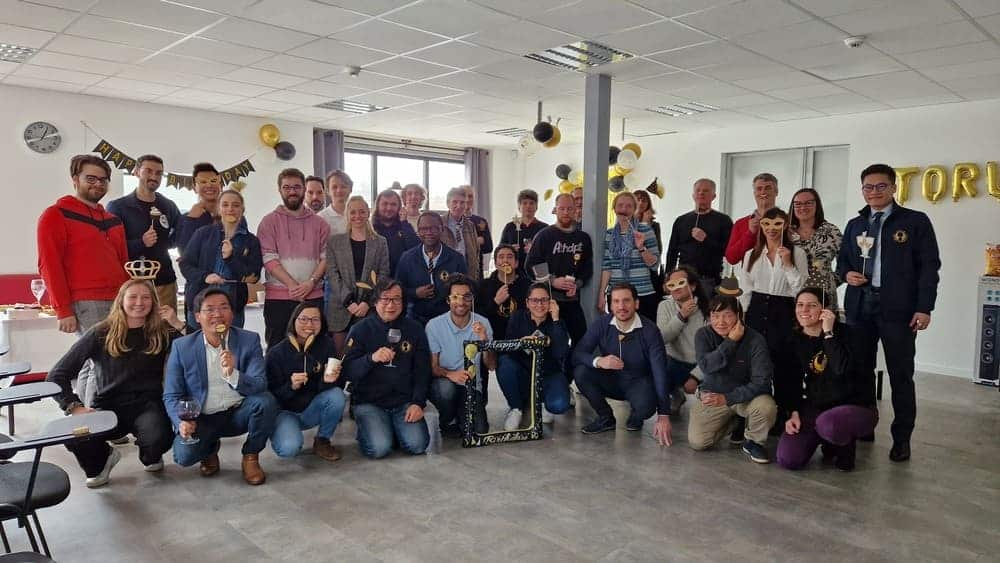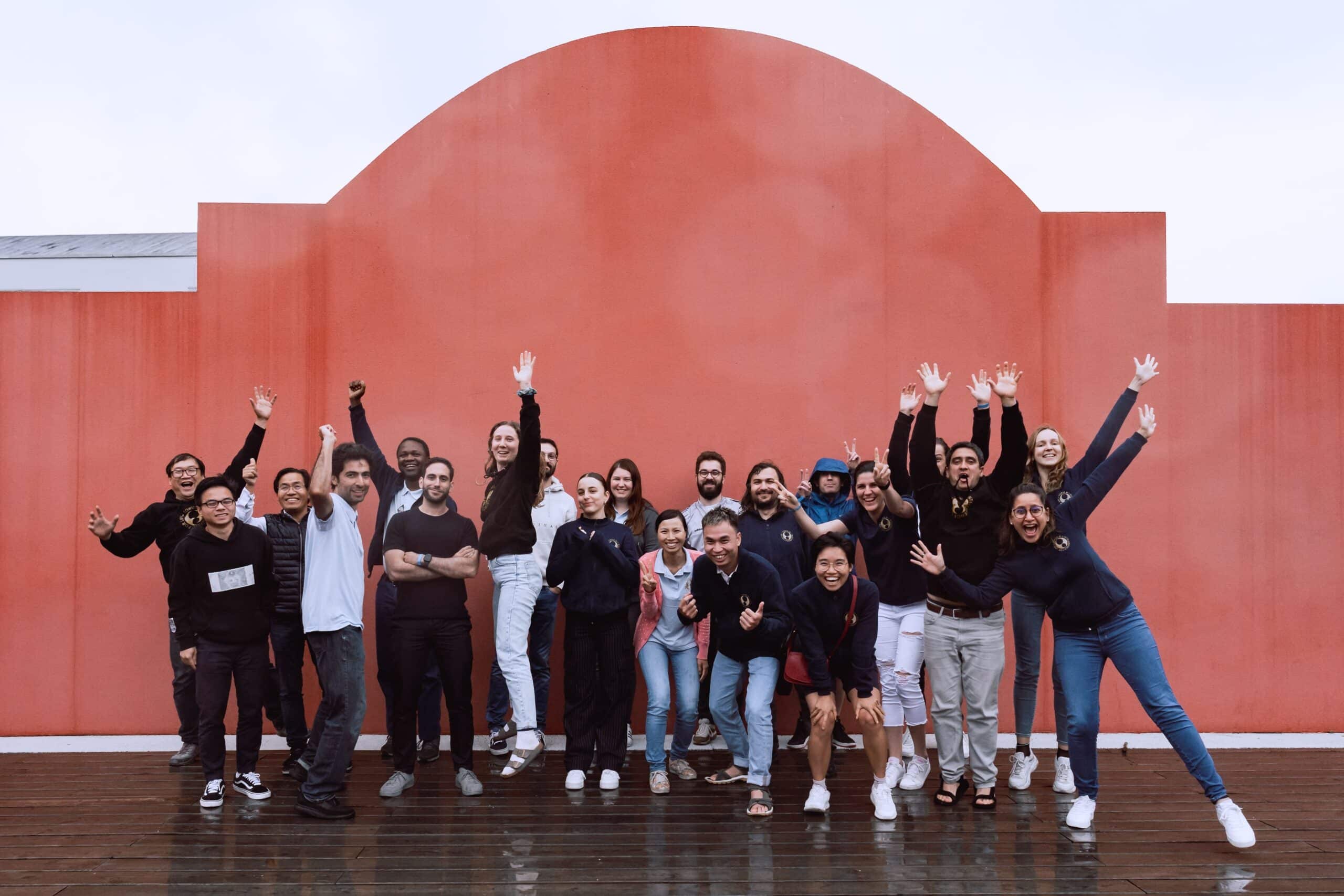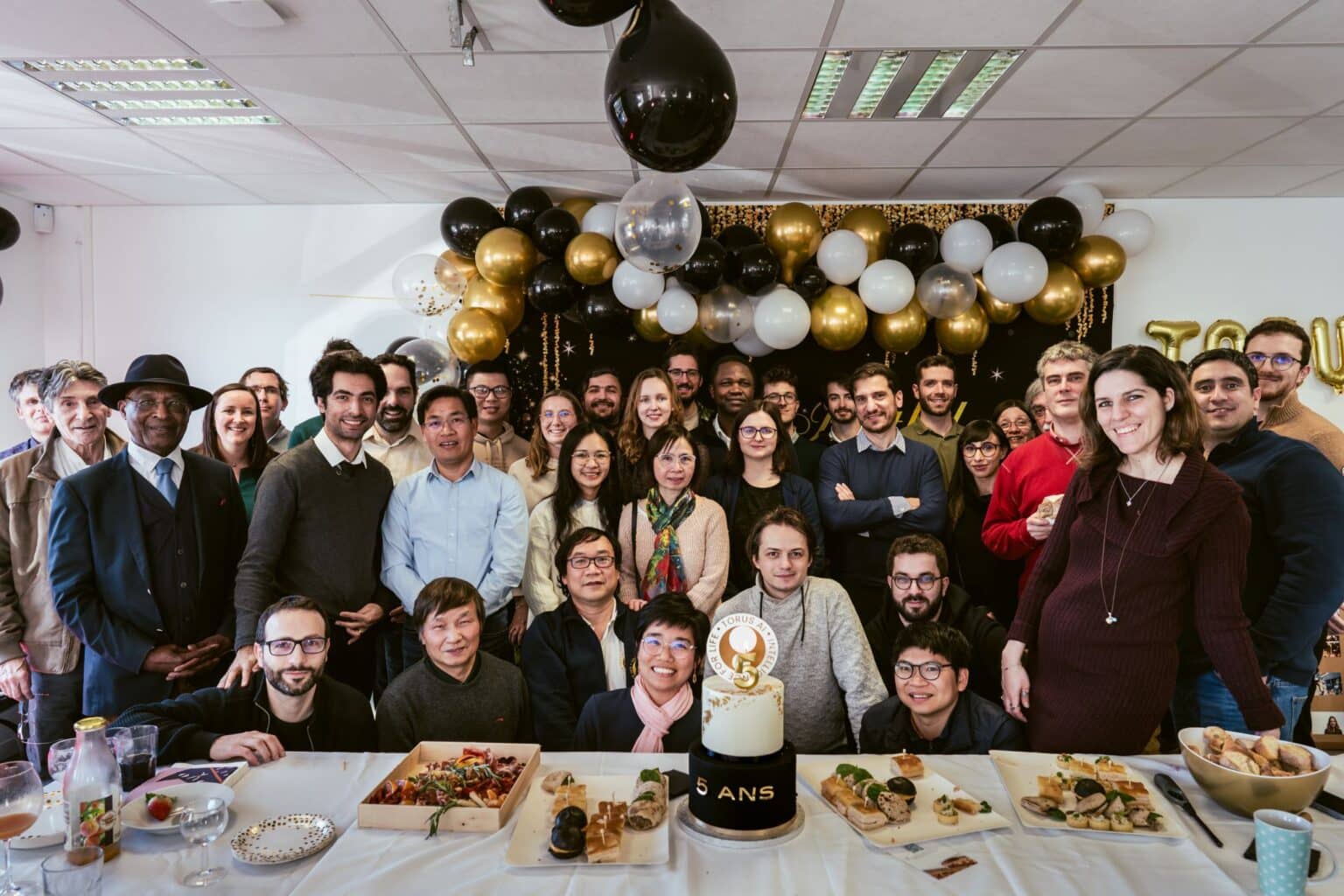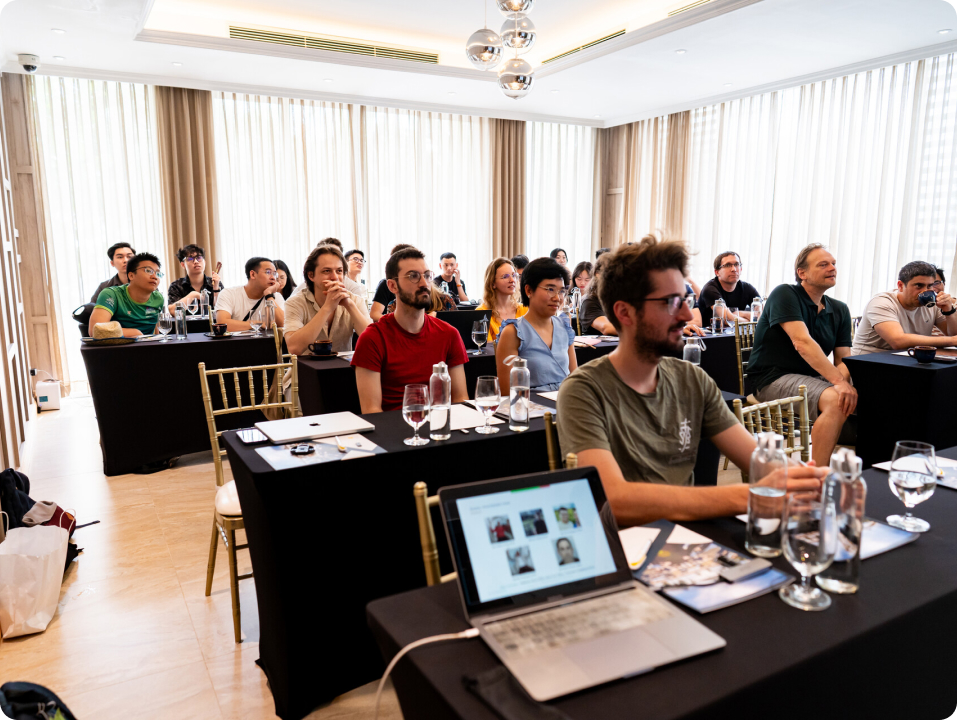Our role in the iToBoS consortium is to develop artificial intelligence modules. These modules will allow the analysis of mole images. These modules will allow to analyze the images of moles and will be, with the help of the 3D scan, evaluated individually. The result will be a personalized diagnosis, based on the patient’s metadata. Of the total contribution of the European Commission, a budget of 670,000 euros has been allocated to us.
The 4th general assembly of the iToBoS project
On September 7th, the 4th General Assembly took place. This meeting was hosted by the University of Girona. Indeed, its researchers are the coordinators of the whole project. It was the first meeting in person, the pandemic putting a brake on these gatherings. All the representatives of the 19 partners were present in person or by videoconference. During this meeting, we were able to analyze the results and the progress of each participant. Based on this data, we were able to discuss our next objectives. This meeting was also the moment to prepare the Periodic Report of the project. This one will be finalized in November 2022. This general assembly also allowed us to recognize the obstacles we faced. During the pandemic we could not consider a physical meeting. This setback allowed us to re-evaluate the release date of the first prototype of iToBoS.
Follows-ups of the iToBoS project
With this new deadline, we were able to see more clearly the steps to come. Our team is already well advanced on new algorithm designs and validation of older designs. Thus, this latency is seen as an opportunity to strengthen our algorithms. This practice will allow us to anticipate the incorporation of AI algorithms in the iToBoS prototype. The next meeting will take place in the first quarter of 2023.
Before then, we will have designed the most efficient way to incorporate metadata into the AI prediction. The detection and matching of lesions detected by different images will have to be developed over this period.
We are continuing our work in collaboration with international partners to detect melanoma early. This collaborative work with partners who are captivated by artificial intelligence is an asset. This commitment allows us to project ourselves in our role as an incubator. Thanks to this experience in inter and extra national team building, we can once again assert ourselves in the field of AI.



